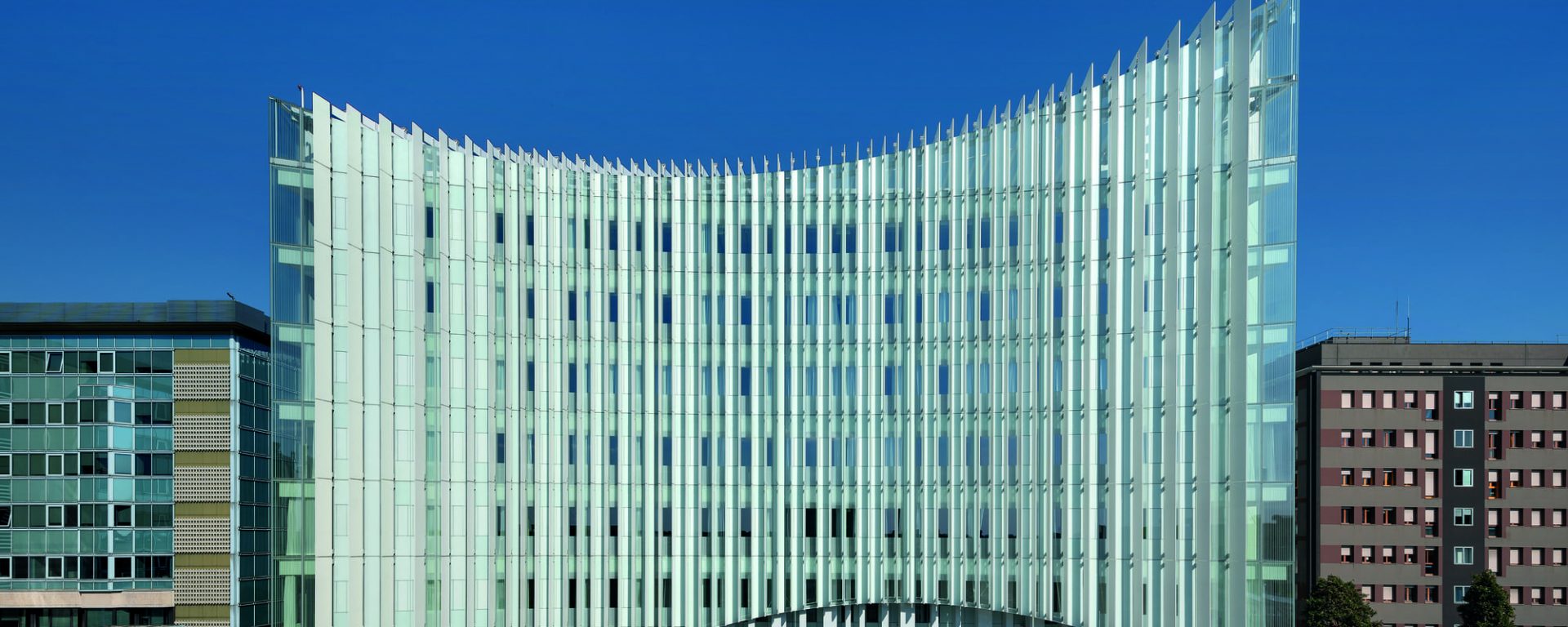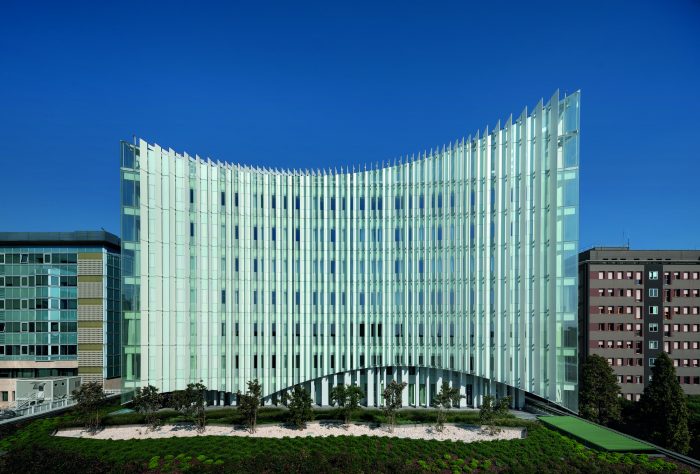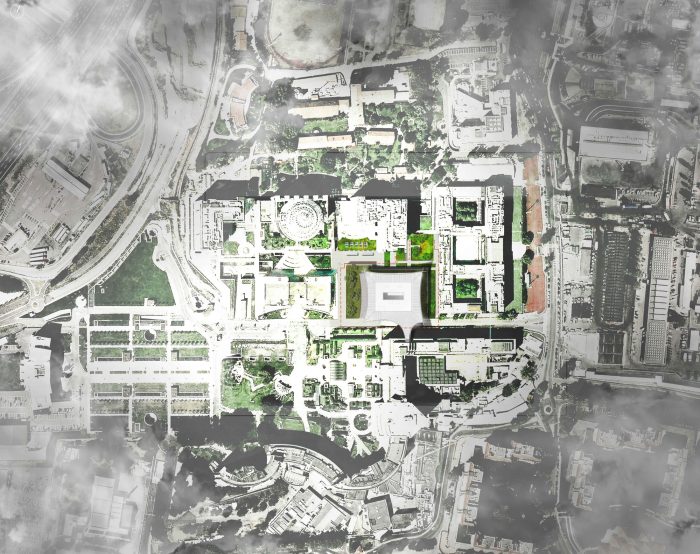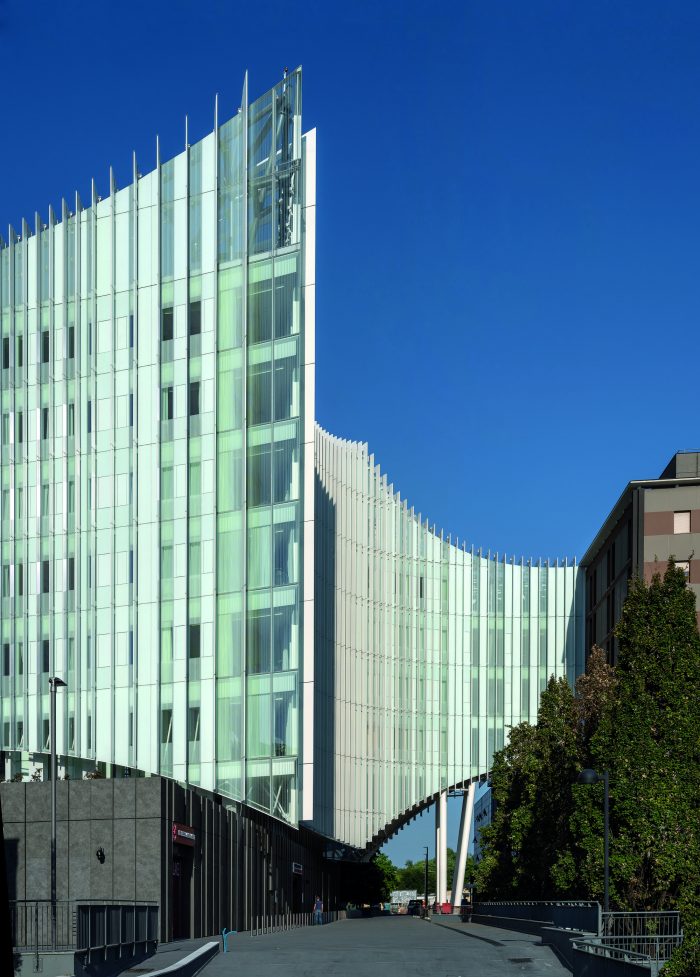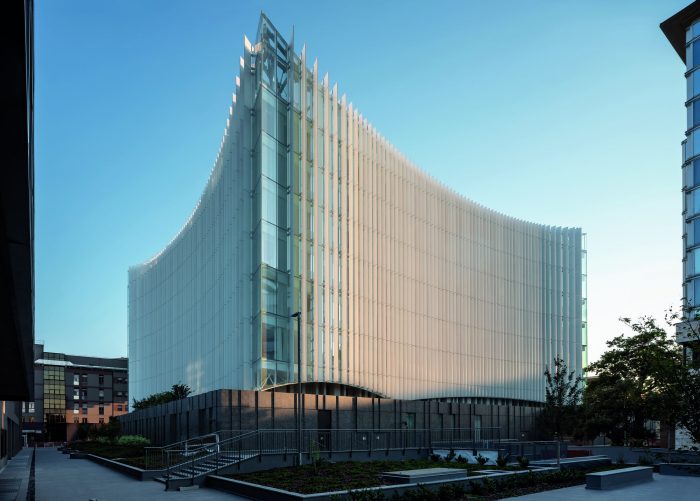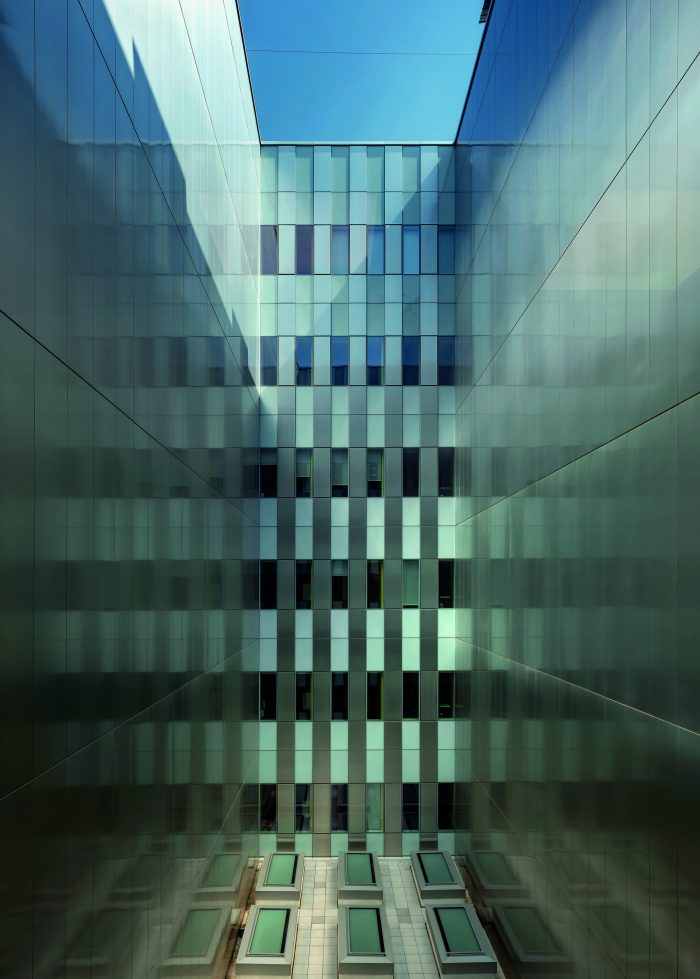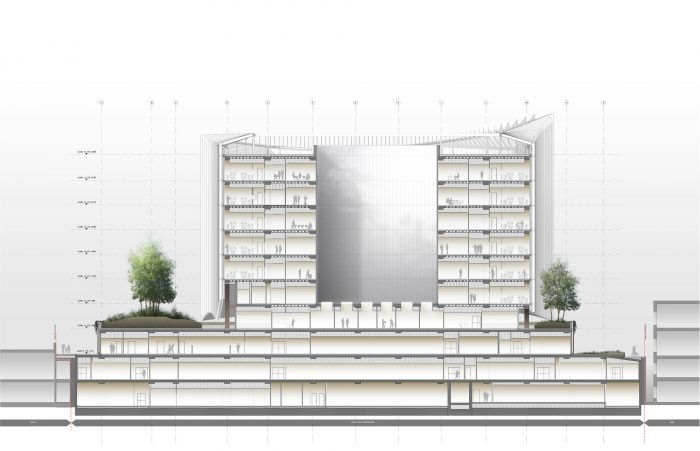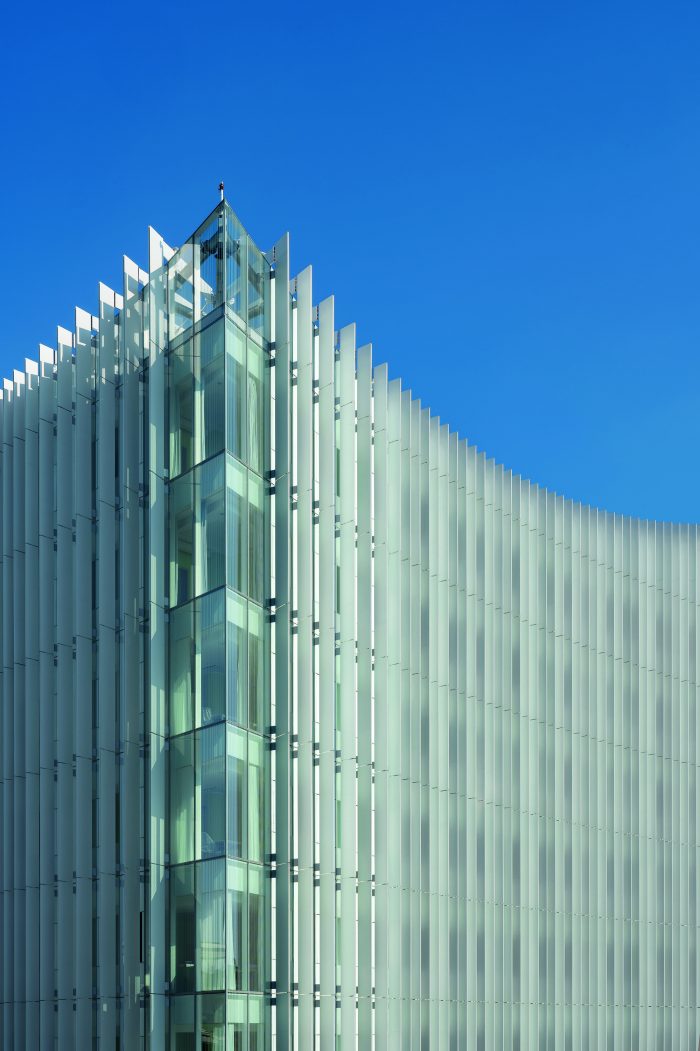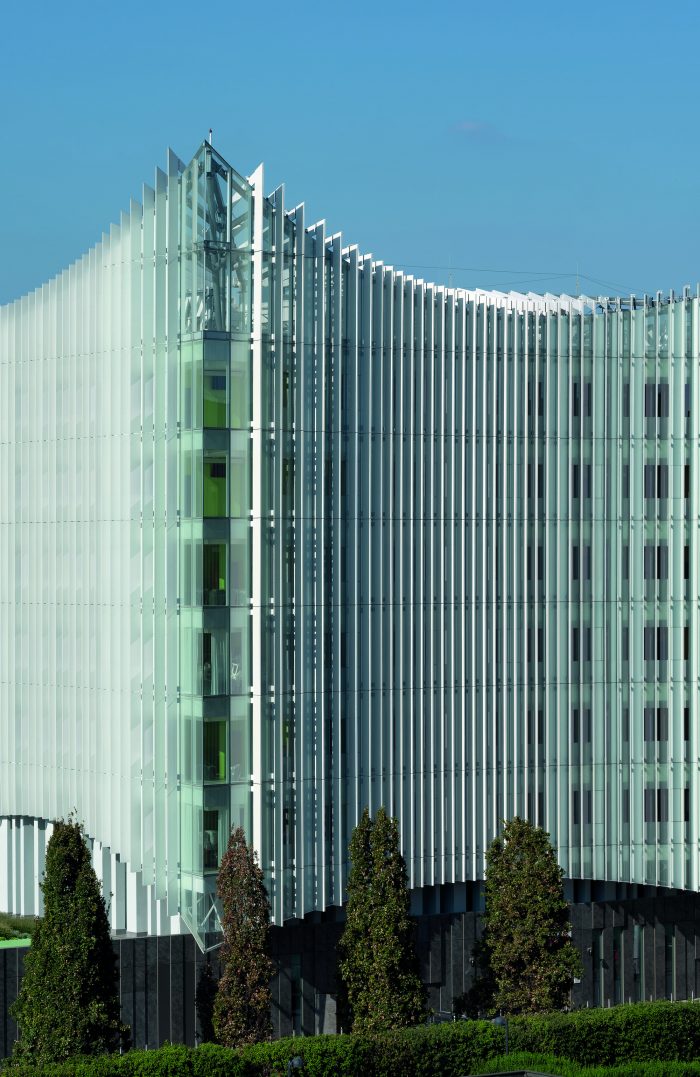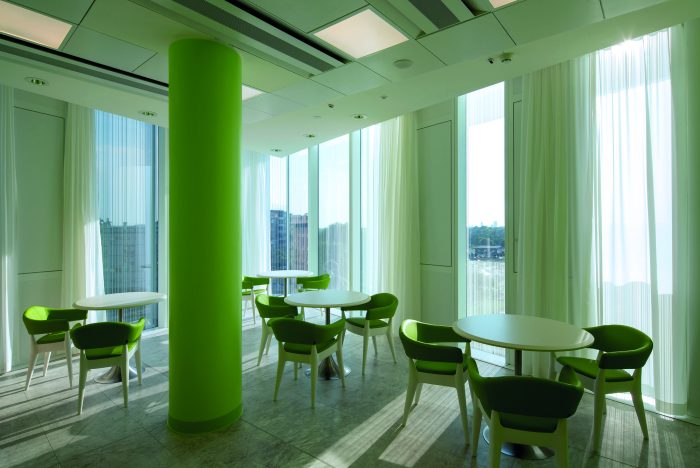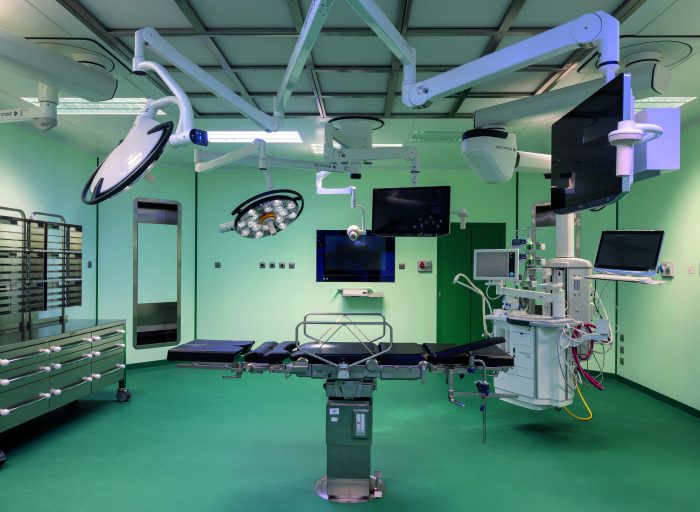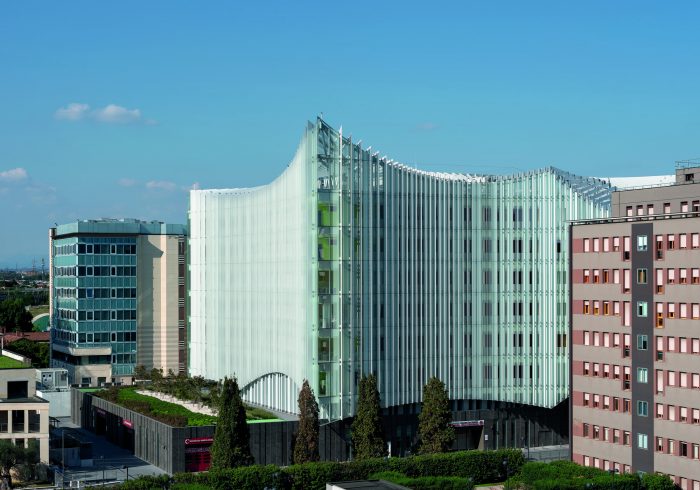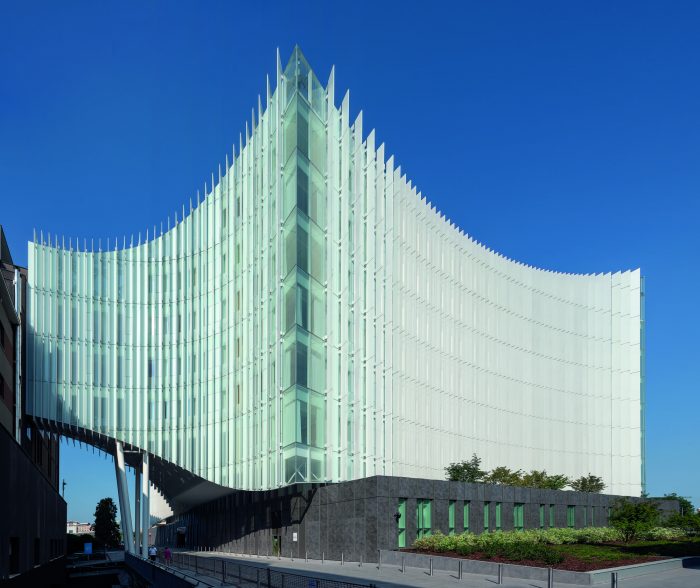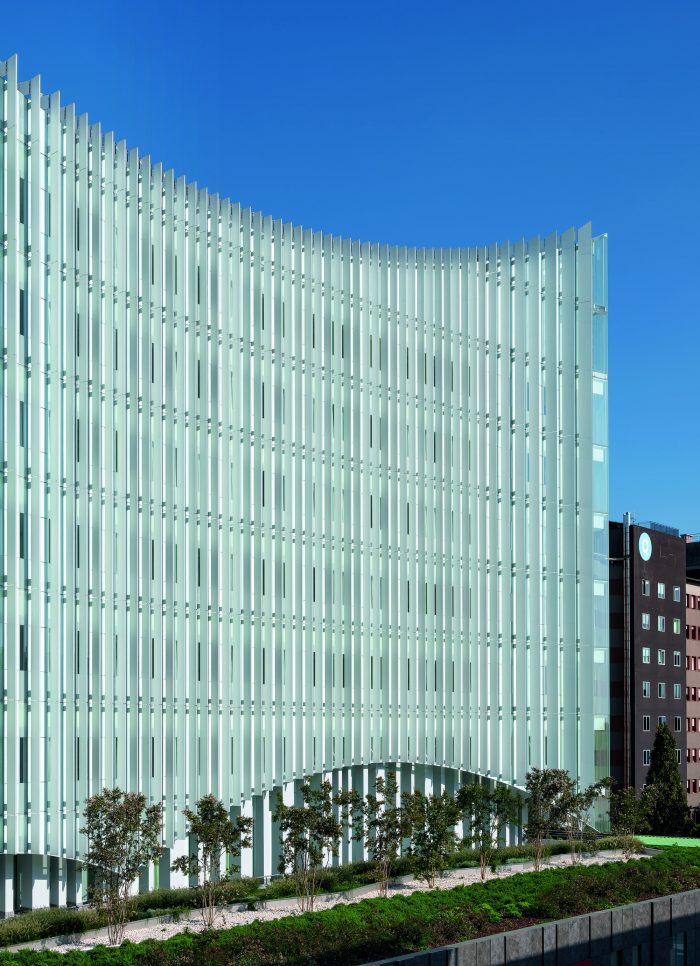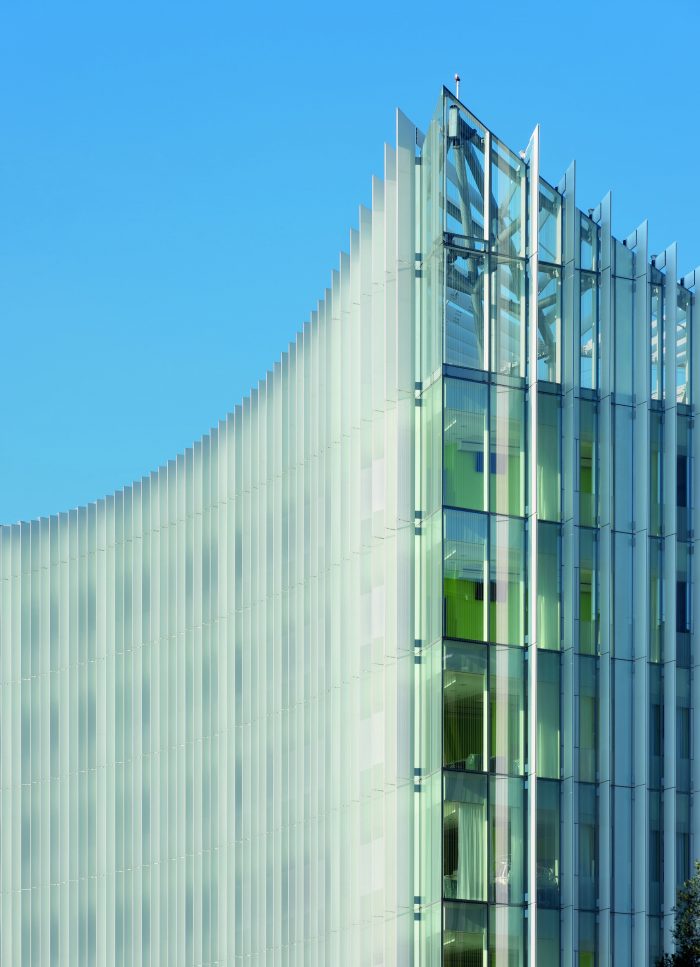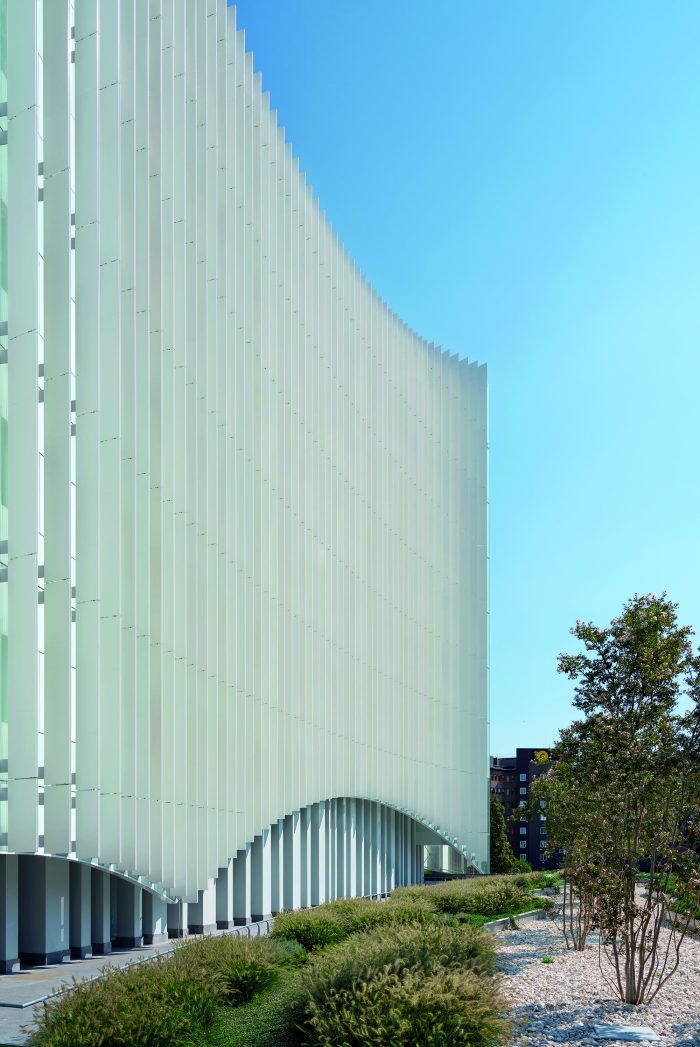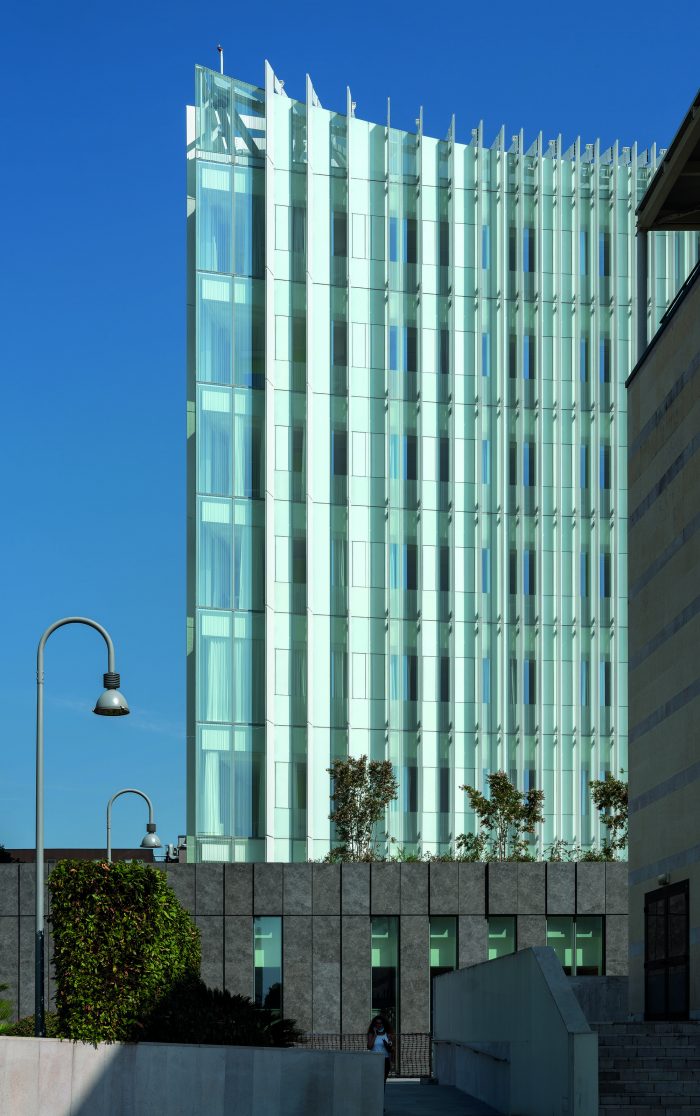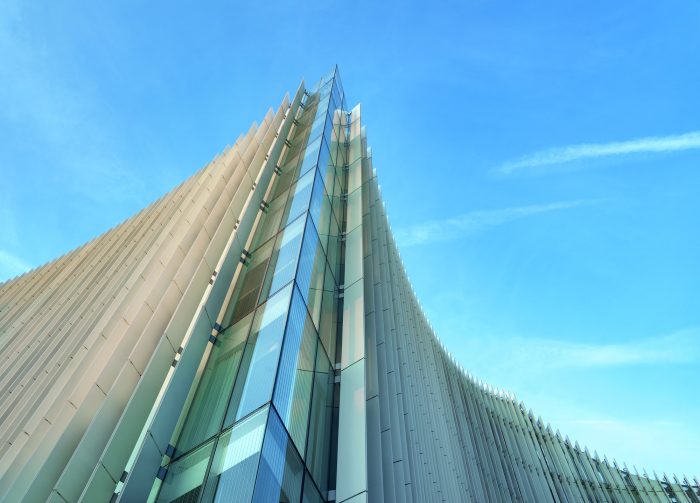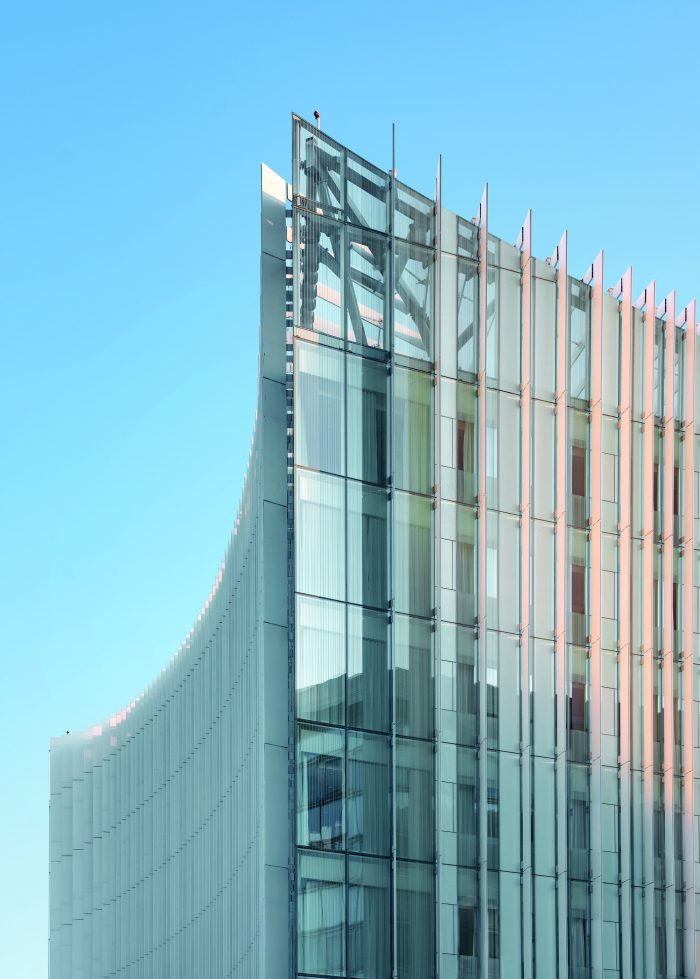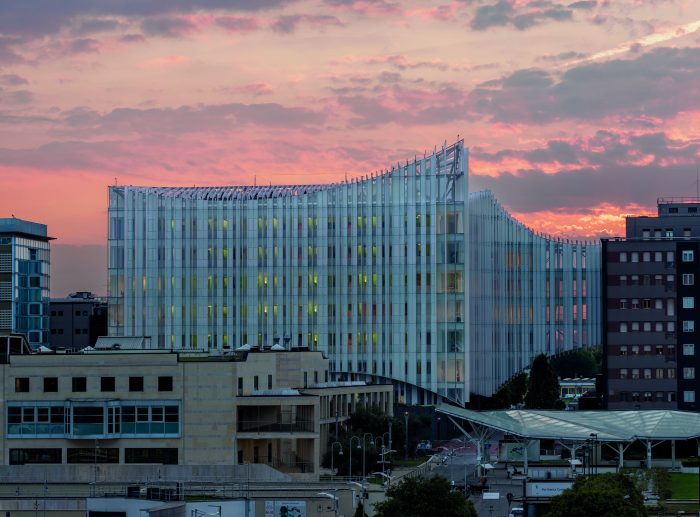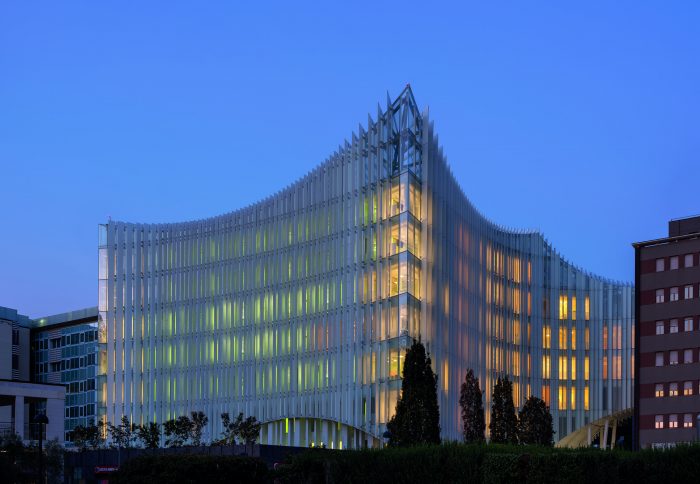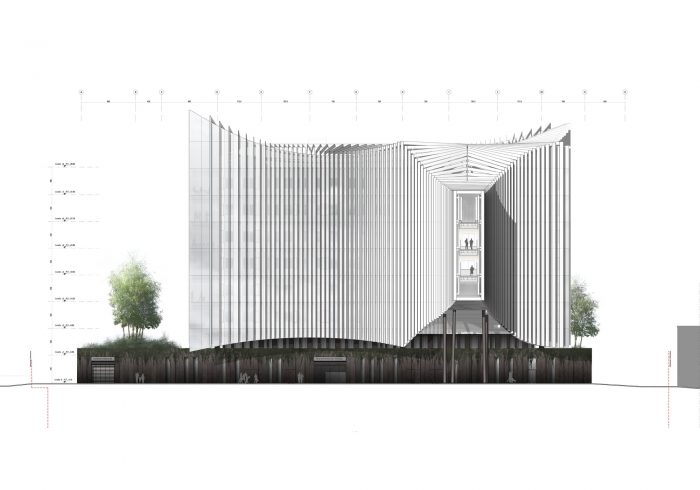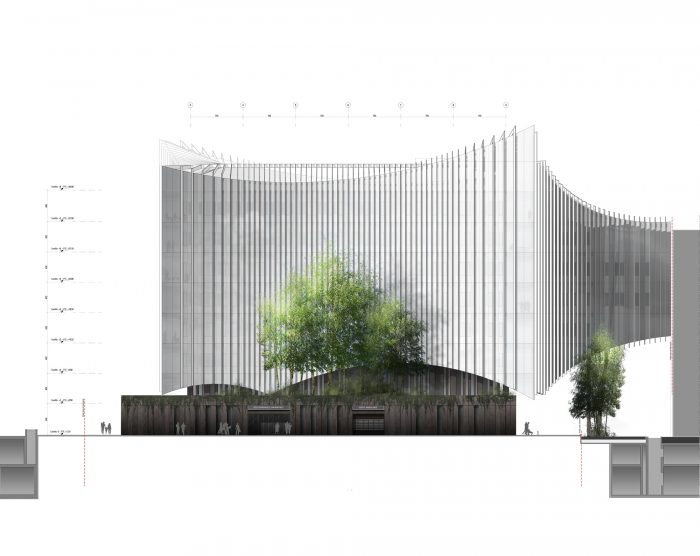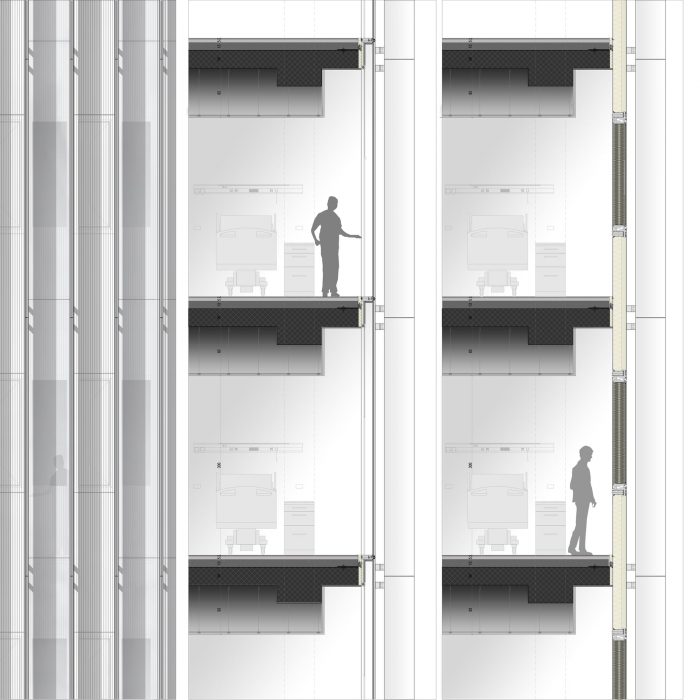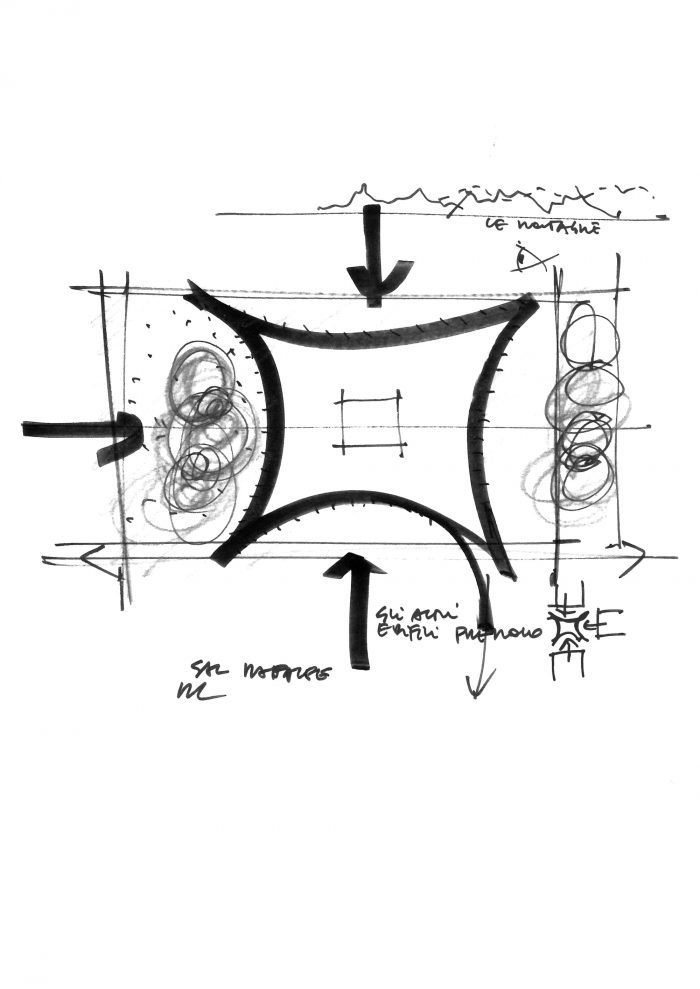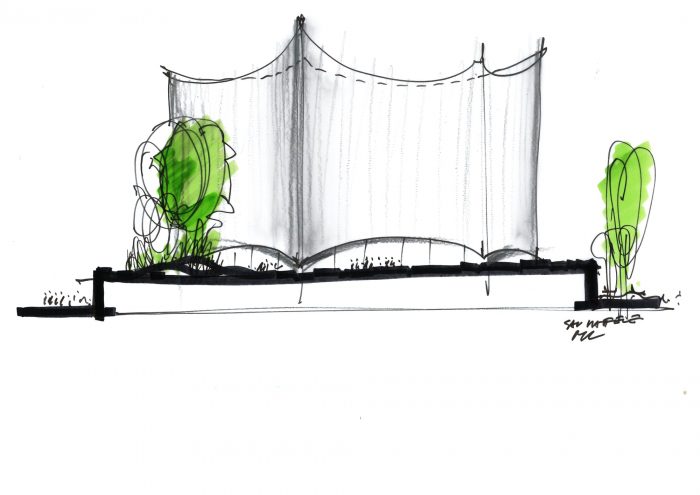对设计一个有能源意识的医院环境的内在人性反应。圣拉斐尔医院是一个国际知名的典范,它将科学研究、教学和临床活动结合在一起,在米兰创建了一个高度专业化的急诊室(ER)和一个在意大利具有全国重要性的拥有284个床位的先锋住院护理机构。
An inherently humane response to designing an energy-conscious hospital environment. San Raffaele Hospital is an internationally celebrated model for bringing together scientific research, teaching, and clinical activities to create a highly specialized emergency room (ER) in Milan and a pioneering 284-bed inpatient care facility of national importance in Italy.
该大学医院的新10层楼由Mario Cucinella建筑事务所设计,是位于米兰市中心边缘的医疗综合体的一部分。现有的建筑是在20世纪70年代和80年代建成的,其建筑风格差异很大。因此,有必要为这个密集的建筑场地创造一个更协调的城市领域。
The university hospital’s new 10-story building designed by Mario Cucinella Architects is part of a medical complex located on the edge of Milan city-centre. Existing buildings date from the 1970s and 1980s and range greatly in their architecture. There was thus a need to create a more coherent urban realm for this densely built-up site.
马里奥-库奇内拉建筑事务所选择了一座建筑,以其白色幕墙的空灵外观引入了一种平静感。它通过和谐的釉面立面,有节奏地用5层以上的陶瓷鳍片点缀,在日光下发挥着作用,在夜间也有漂亮的照明。
Mario Cucinella Architects opted for a building that introduces a sense of calm with its white curtain-walled ethereal appearance. It plays with daylight and illuminates beautifully at night through its harmonious glazed elevations that are rhythmically punctuated with ceramic fins over 5 stories.
圣拉斐尔医院的基座是用土黄色的瓷砖建造的,以创造一个平台,为上面高耸的楼层提供基础。 这个单层的基地容纳了全国最大的急诊室,以及一个拥有20个手术室的手术区,包括两个最新一代的神经外科单元。
The base of San Raffaele Hospital is built with earthen-colored tiles to create a podium that grounds the levels towering above. This single-story base houses the ER – the largest in the country – as well as a surgical block with 20 operating theatres below ground level including two of the latest generation neurosurgery units.
圣拉斐尔医院的百叶外墙是通过分散阳光直射的影响来减少热量摄入的一个关键考虑。陶瓷百叶窗的深度不同,以响应太阳的路径。陶瓷还被特别设计用来分解烟雾颗粒和保存热量,从而减少60%的能源消耗。
The louvered facades of San Raffaele Hospital are a key consideration in reducing heat gains by diffusing the impact of direct sunlight. The ceramic louvers vary in their depth in a way that responds to the path of the sun. The ceramic has also been specially conceived to disintegrate smog particles and preserve heat, cutting energy consumption by 60%.
虽然眼睛无法立即看到,但事实上,约60%的立面是由不透明的绝缘板组成的,以提高建筑围护结构的能源性能。 不透明的部分是由背面涂有隔热材料的玻璃制成。透明部分的顶部有丝网印刷,用于保护隐私和遮阳。
And although not immediately apparent to the eye some 60% of the elevations are, in fact, made up of opaque insulation panels that improve the energy performance of the building’s envelope. The opaque part is made of back-painted glass with an insulating back. The transparent parts have a screen print on top for privacy and shade.
圣拉斐尔被戏称为 “冰山”,因为它在一个具有挑战性的场地内有一个很酷的外观,而这个场地的性质决定了它在视觉上的不安和紧张。 这个绰号或隐喻与新建筑微妙的有机形状相得益彰。 它缓缓弯曲的帆状立面压缩和扩展,以表达它如何融入周围的城市景观。 在圣拉斐尔医院的构思中,病人的欢迎和舒适是最重要的,也是其临床操作的效率和谨慎。
San Raffaele has been nicknamed “Iceberg” for its perhaps cool appearance within a challenging site that is visually restless and hectic by its very nature. The nickname or metaphor works well with the subtly organic shape of the new building. Its gently curved sail-like elevations compress and expand to express how it fits into its surrounding urban landscape. The welcoming and comfort of patients have been paramount in the way San Raffaele Hospital has been conceived as well as the efficiency and discreteness of its clinical operations.
正如Mario Cucinella所说:”我们工作的目的很明确,就是要创造一个精心设计的建筑,大大改善舒适度。一座只需要很少的能源来供暖,保留热量,并产生很少的热增益的建筑需要很少的冷却。圣拉斐尔的新外科和急诊部无疑是最能说明工作室对可持续性承诺的项目之一。其标志性的外墙是一个明显的象征”。
As Mario Cucinella says, „We worked with the clear intention of creating a well-designed building that would greatly improve comfort. A building that needed very little energy for heating, retaining heat, and generating little thermal gain required very little cooling. San Raffaele’s new Surgical and Emergency Department is certainly one of the projects that best illustrate the studio’s commitment to sustainability. Its iconic facade is a clear symbol of this.”
Architects: Mario Cucinella Architects
Area : 40000 m²
Year : 2021
Photographs :Duccio Malagamba
Manufacturers : Fiandre, GEZE, Kone, Laminam, iGuzzini, Connecticut, Getinge Italia, Schuco, Seberg, Sentire AZA, Siemens SPA, Sterchele Spa
Lead Architect : Mario Cucinella
Structural Design : Ballardini Studio di Ingegnaria
Mechanical Installations : Bouygues E&S InTec Italia S.p.A.
Electrical Engineering : Euroimpianti S.p.A.
Leading Project Architect : Marco Dell’Agli
Design Team : Giulio Desiderio, Michele Olivieri, Emanuele Dionig, Martina Buccitti, Alberto Menozzi, Laura Mancini
General Contractor : Itinera SpA
Facades : Aza Corp Aghito Zambonini
City : Milan
Country : Italy

